AP Calculus BC
1/175
Earn XP
Description and Tags
Units 1-9 currently
Name | Mastery | Learn | Test | Matching | Spaced |
|---|
No study sessions yet.
176 Terms
a limit must be a ___ and ____ value
fixed, finite
ways a limit doesn’t exist
left handed limit doesn’t equal right handed limit
f(x) has asymptote as x approaches c
f(x) oscillates between 2 fixed values as x approaches c
f(x) doesn’t exist around the place where x is approaching c
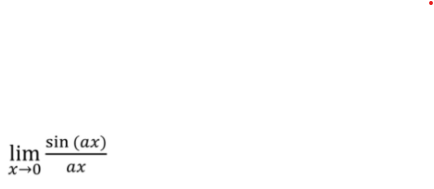
1

a
limit properties
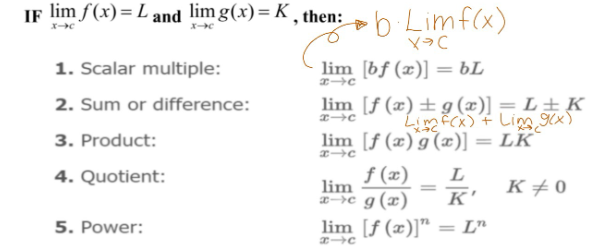
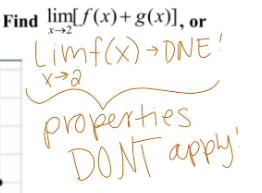
if the limit properties don’t apply (because one of the limits doesn’t exist) then
you can split the whole limit into left handed and right handed limits

a/b

b/a

a/b

0
limit of a composite function

the limit of a composite function theorem only works if f(x) is
defined and continuous at lim (g(x)) as x approaches c
squeeze theorem
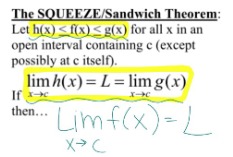
continuity at a point
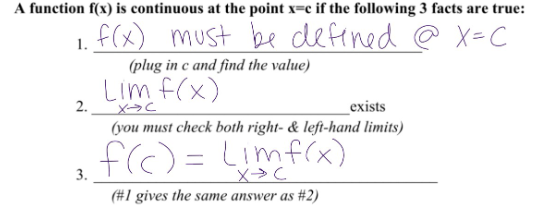
continuity over an open interval
function is continuous at every point in the interval
continuity over a closed interval
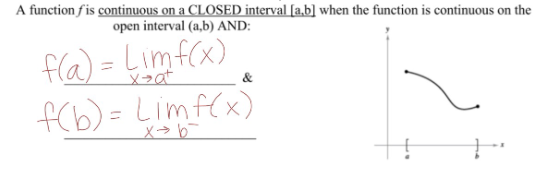
non removeable discontinuities
Vertical asymptotes and jumps
removeable discontinuities
holes
properties of continuity

f(x) approaches positive or negative infinity as x approaches c from the right or the left, then the line x=c is a
vertical asymptote
limit at infinity of a polynomial and greatest degree bigger on bottom
HA: y=0
limit at infinity of a polynomial and greatest degree bigger on top
no HA
limit at infinity of a polynomial and degree on top and bottom are same
HA: y=divide coefficients
relative magnitudes of functions
Ten fabulous engineers prefer learning calculus
Tower
Factorials
Exponentials
Polynomials
Logarithms
Constants
intermediate value theorem
state continuity on the closed interval. if k is any number between f(a) and f(b) then there is at least one number in the closed interval such a that f(c)=k

what must be stated for IVT
continuity on closed interval, and the value lies between the given endpoints of the interval
therefore statement for IVT
therefore IVT guarantees some x=c on [a,b] such that f(c)=number
AROC

difference quotient

derivative
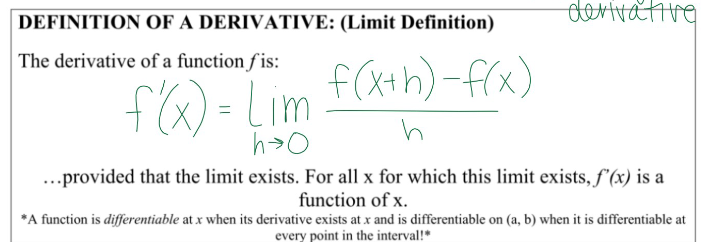
derivative notation

alternate definition of a derivative

derivatives do not exist at
endpoint of domain or closed interval
corners and cusps
jumps
vertical asymptotes
differentiability implies
continuity
power rule for differentiation

sum and difference rule (differentiating)

constant multiple rule (differentiating)

derivative of sinx
cosxd
derivative of cosx
-sinx
derivative of ex
ex
derivative of lnx
1/x
derivative of tanx
sec²x
derivative of cotx
-csc²x
derivative of secx
secxtanx
derivative of cscx
-cscxcotx
product rule
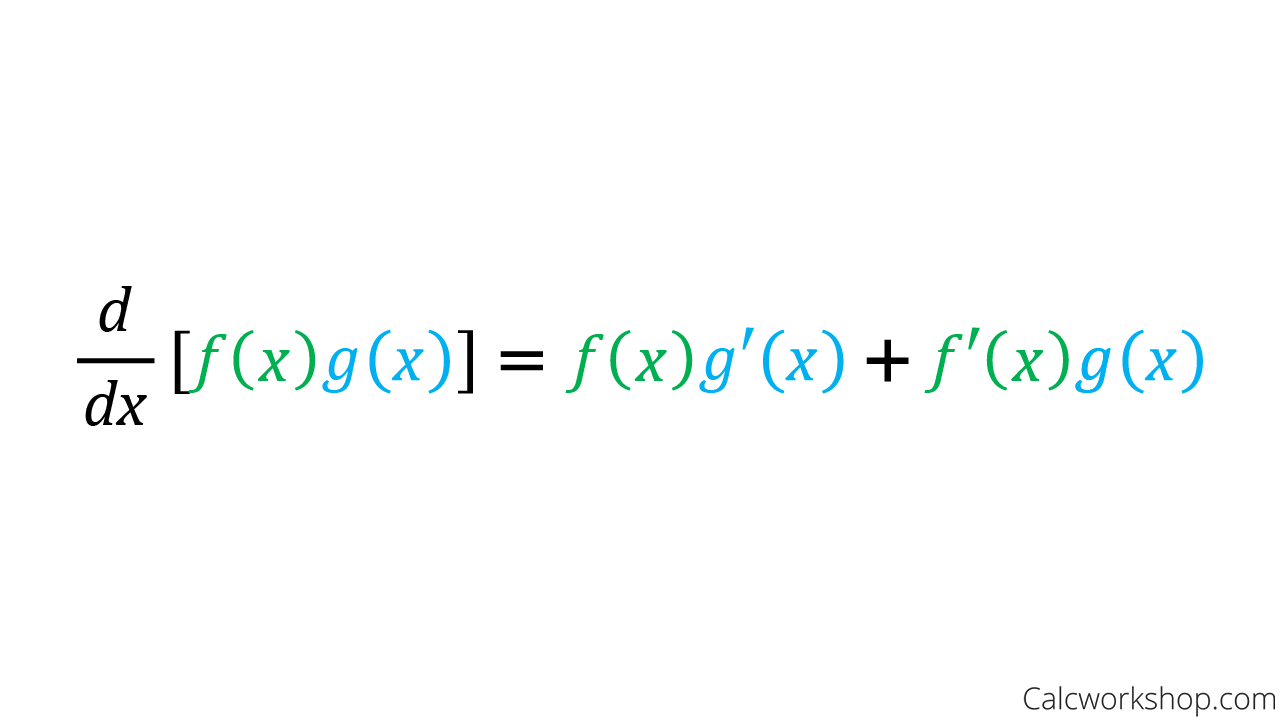
quotient rule
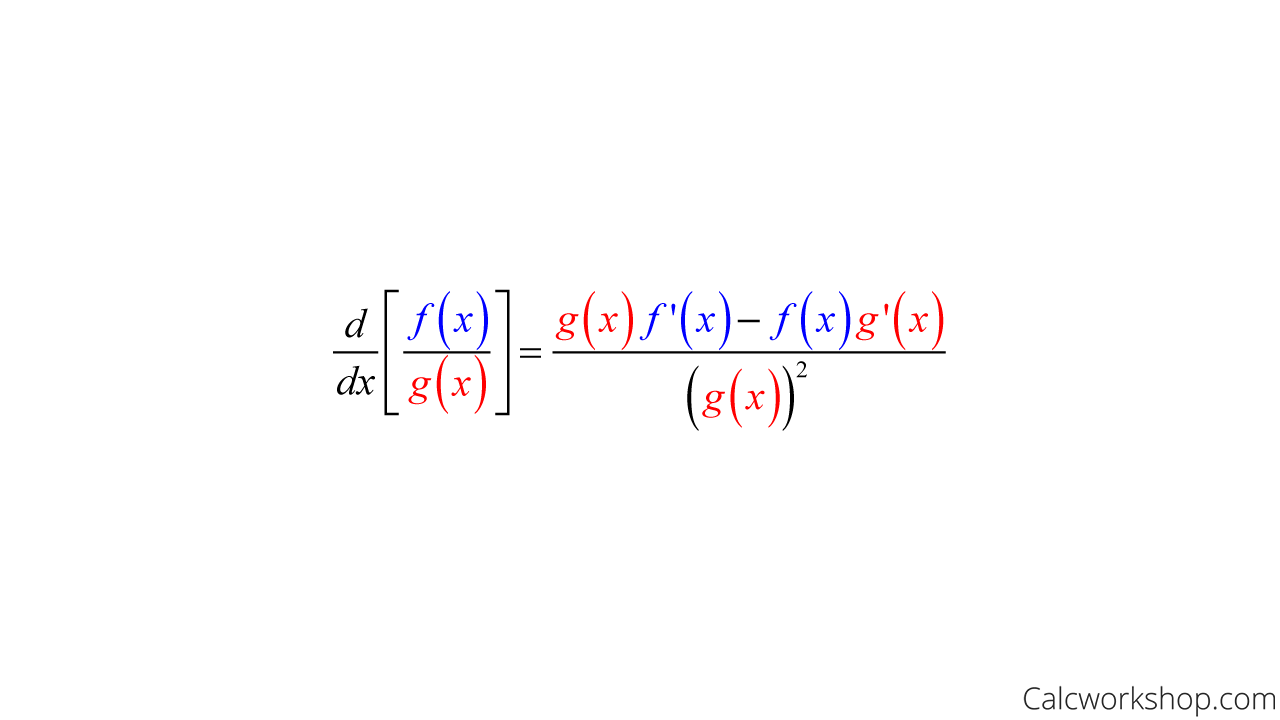
chain rule lets us take the derivative of a
composite function
chain rule

general power rule for differentiation (with chain rule)

derivative of ln(u)
u’/u
derivative of ln|u|
u’/u (no change because of absolute value)
logarithmic differentiation
take the natural log of both sides and then differentiate
why is implicit differentiation necessary
some equations cannot be expressed explicitly with y as a function of x
when implicitly differentiating we must apply
chain rule
continuity and differentiability of inverse functions

derivative of an inverse function

inverse functions have _____ slopes at ____ points
reciprocal, corresponding
restrictions for inverse trig functions: Q1+Q4
sin-1(x), csc-1(x), tan-1(x)
restrictions for inverse trig functions: Q1+Q2
cos-1(x), sec-1(x), cot-1(x)
derivatives of inverse trig functions
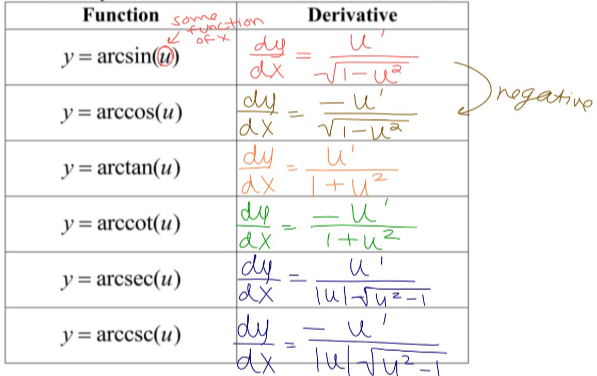
notation of higher order derivatives

higher order implicit differentiation

interpreting a derivative
the f(t) is (increasing/decreasing) at a rate of f’(t) + units at t= time with units
related rates
use chain rule
local linearity
if zoomed in close enough, any function will start to look linear
when will linear approximation overestimate versus underestimate
concave up: under approximate
concave down: over approximate
L’Hospital’s Rule
if the numerator and the denominator of a limit are both 0 or are both + or - infinity, then the limit of the derivative of the numerator divided by the derivative of the denominator is the answer
Rolle’s Theorem
state continuity on closed interval, differentiability on the open interval, state that endpoint values are equivalent f(a)=f(b). Rolles guarantees some x=c on the open interval such that f’(c)=0.
Mean Value Theorem
state continuity on the closed interval and differentiability on the open interval. MVT guarantees some x=c on the open interval such a that f’(c)=avg rate of change
Extreme Value Theorem
state continuity on the closed interval. f(x) has both a minimum and a maximum on that interval.
critical number/value
f’(c)=0 or if f is not differentiable at c. only time f(x) can change direction
f’(x)>0
f(x) is increasing
f’(x)<0
f(x) is decreasing
f’(x)=0
possible max/min
f(x) goes from increasing to decreasing
relative max
f(x) goes from decreasing to increasing
relative min
first derivative test
take first derivative, find critical values, result is minimum or maximum values
candidates test
the only points eligible to be absolute extrema are critical points and endpoints of a closed interval. find the x values of each and the corresponding f(x) values
f’’(x) > 0
f(x) is concave up
f’’(x) < 0
f(x) is concave down
points of inflection
f’’(x)=0 or f’’(x) is undefined
second derivative test
find critical values, evaluate second derivative at the critical values. if f’’(c)>0 then there is relative min, if f’’(c)<0 there is a relative max. if f’’(c)=0 the test fails and use the first derivative test
optimization
create optimized and constraint equations. substitute the constraint into the optimized equation. take first derivative and set equal to zero
when does an implicit equation have critical values
when dy/dx = 0 or is undefined
when does an implicit equation have horizontal tangent lines
when the numerator of dy/dx is 0
when does an implicit equation have vertical tangent lines
when the denominator of dy/dx is zero
accumulated area under the x axis is considered to be
negative
3 different kinds of Riemann sums
left handed, right handed, midpoint
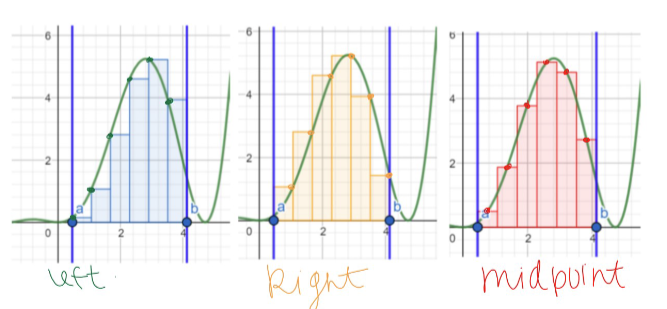
when do Riemann sums give over approximations
left handed: curve is decreasing
right handed: curve is increasing
midpoint: curve is concave down
when do Riemann sums give under approximations
left handed: curve is increasing
right handed: curve is decreasing
midpoint: curve is concave up
identify the parts of a definite integral

how do you read an integral
the integral from a to b of f(x) with respect to x
continuity implies
integrability

an integral might not represent the area under the curve if part of the curve is
negative (under x axis)

differentiation and integration are ____ operations
inverse
first fundamental theorem of calculus (part 1)
if f is a continuous function on an interval containing a, then the derivative of the accumulation from a to x of f(t) dt is equal to f(x)
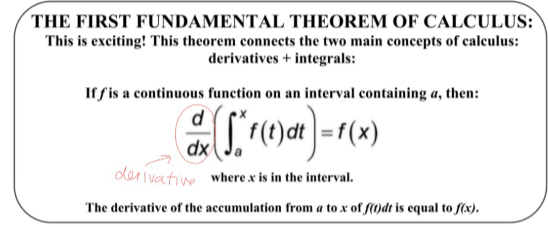
integral of the sum of functions property for integrals

adjacent intervals property for definite integrals
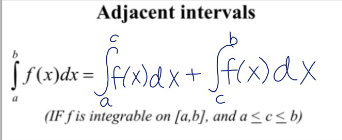
if a definite integral has the same upper and lower bound the integral is equal to
zero